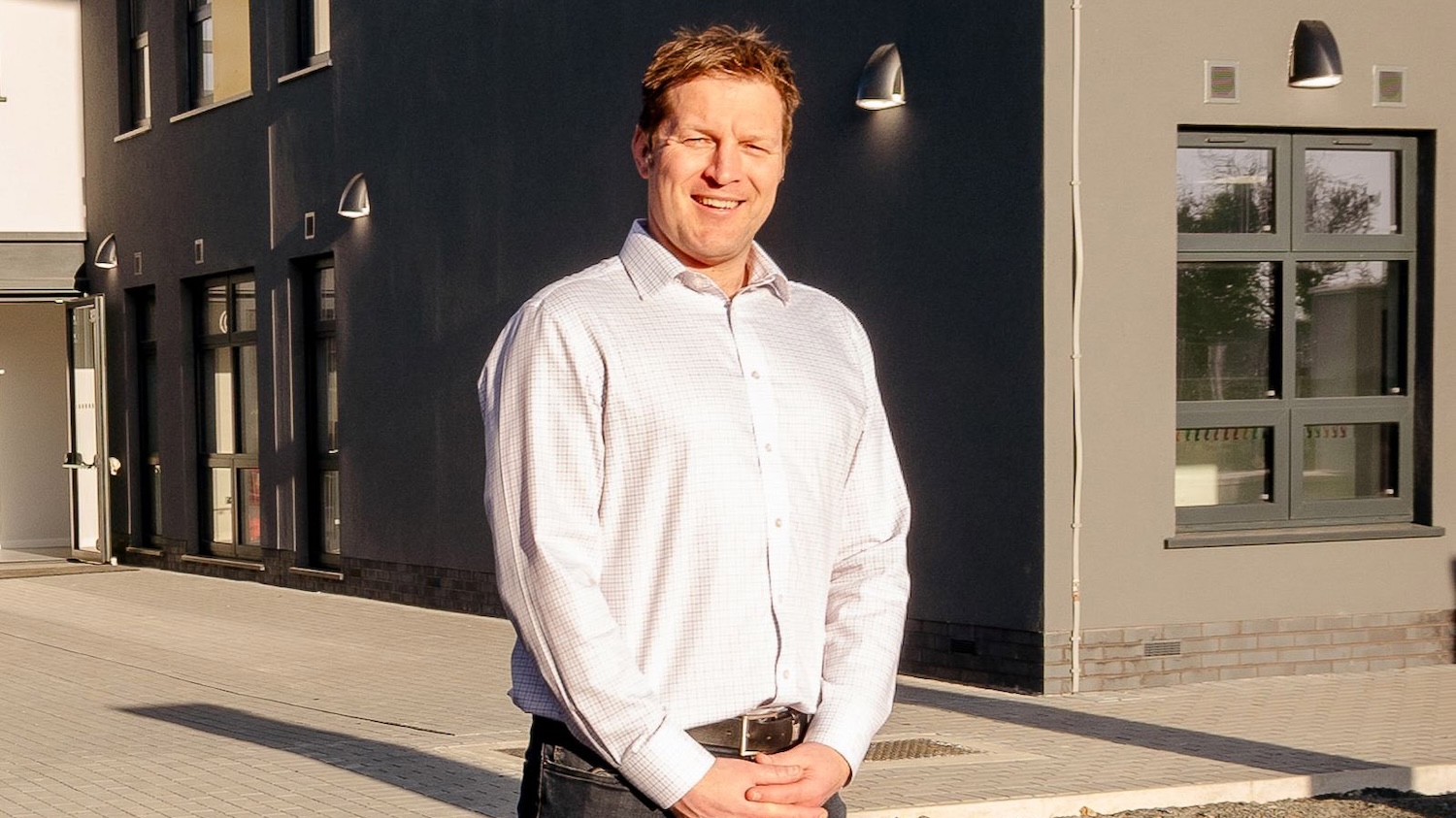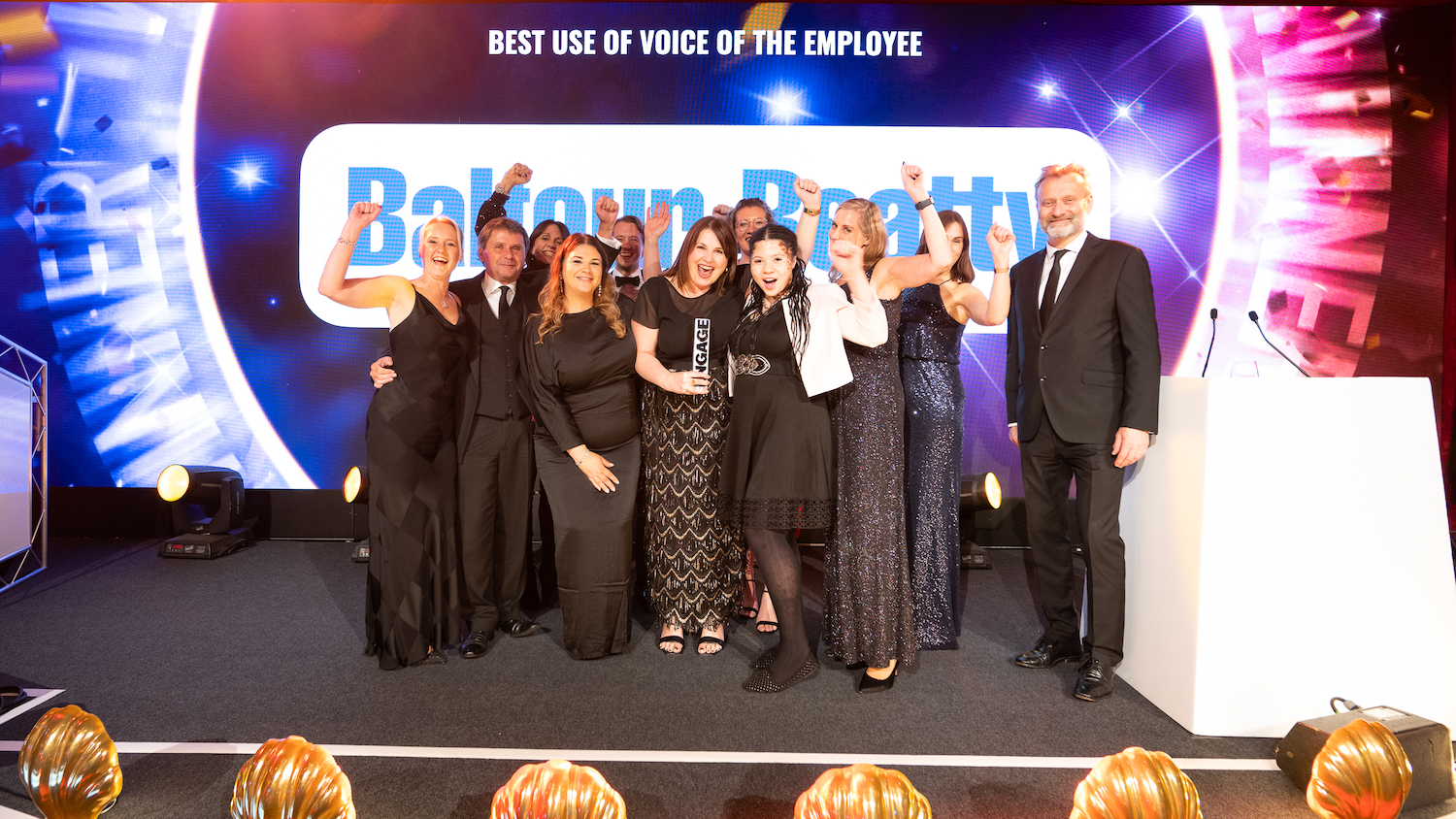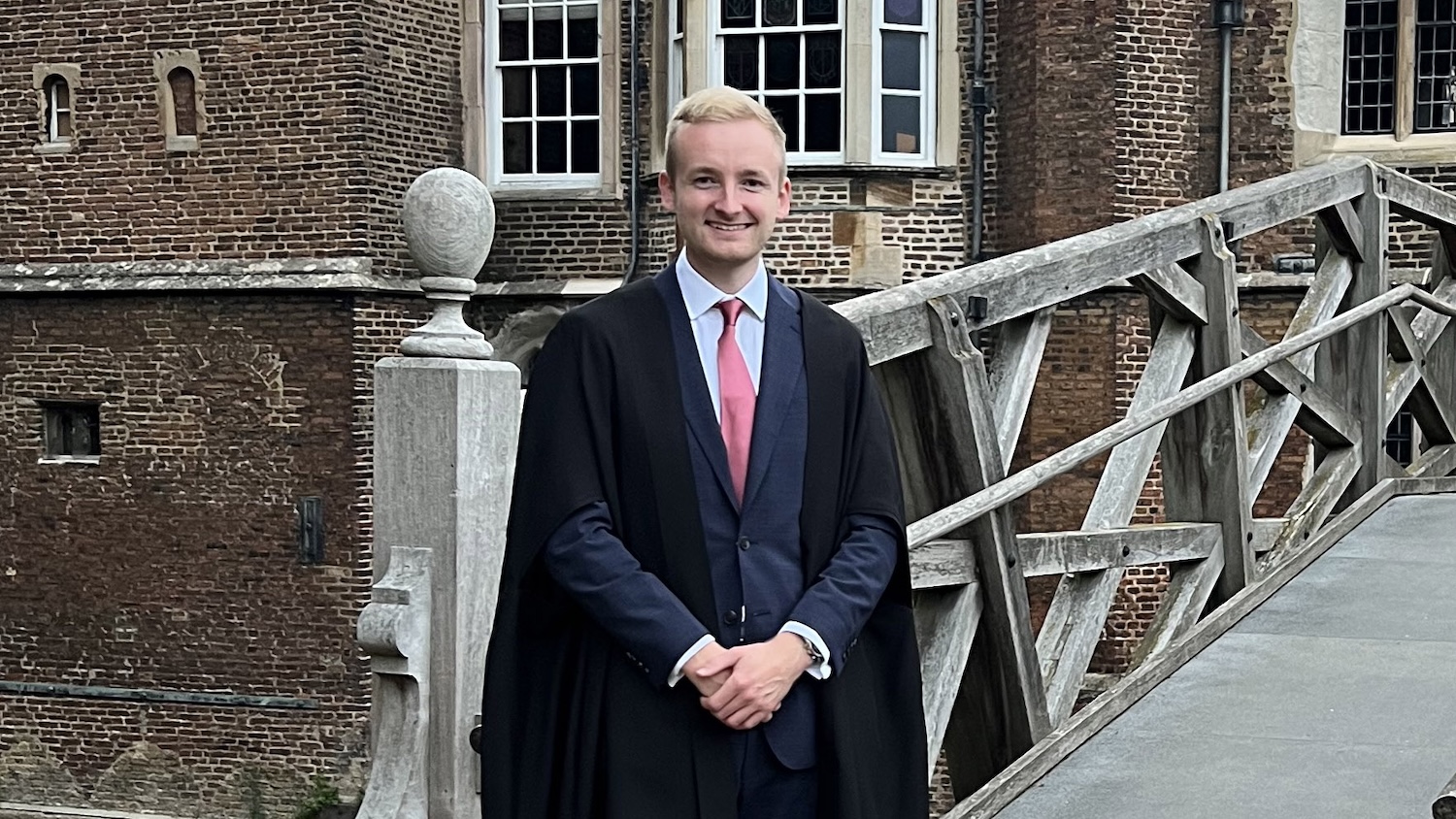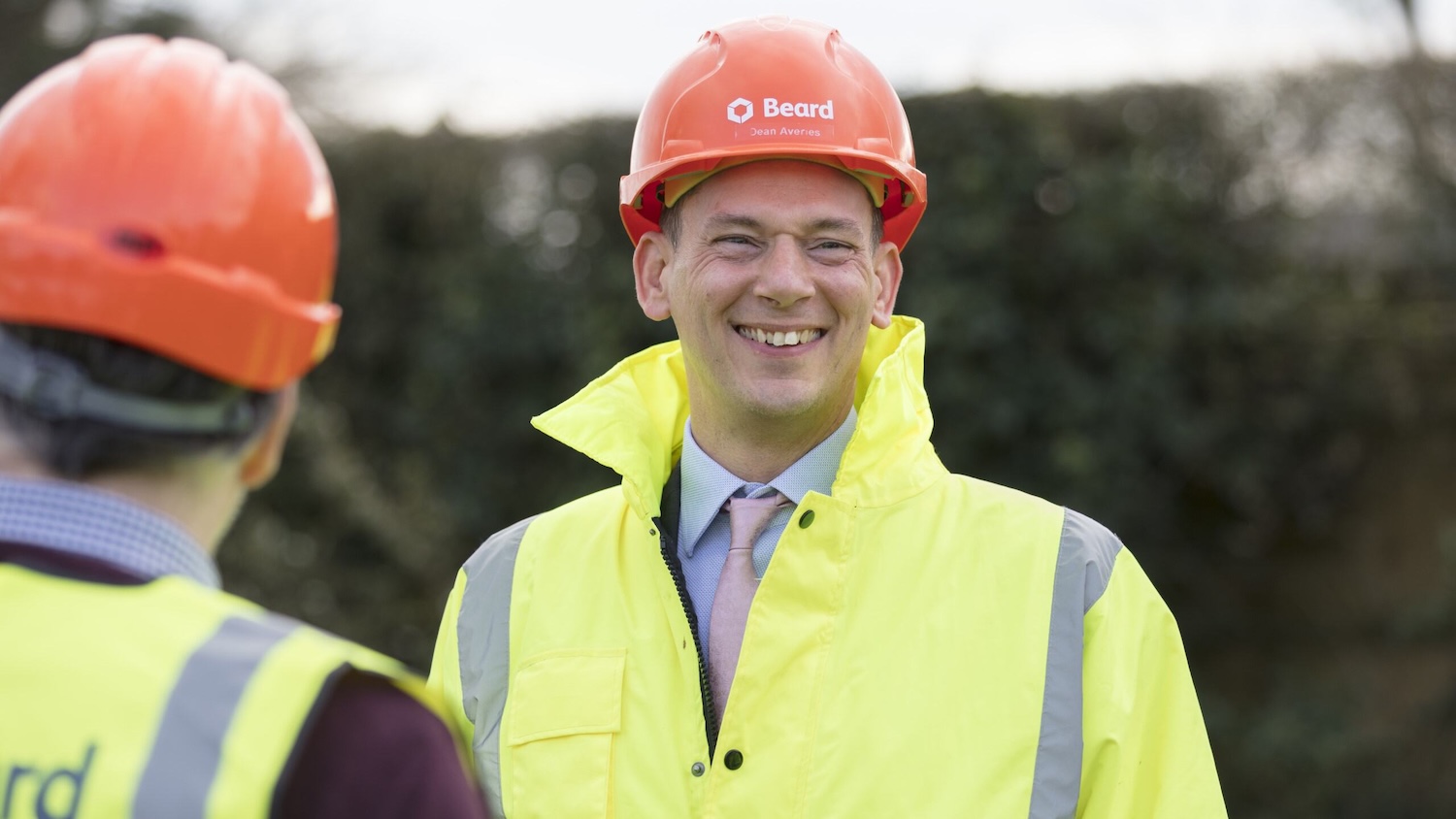
CEnv status: why sustainability requires more than just activism
As part of CIOB People’s series on chartered environmentalists, Anna Kennedy shares her experience of navigating the complex world of sustainability
Consultant Anna Kennedy’s passion for sustainability is palpable. Her sheer enthusiasm is contagious as she discusses her route into the built environment sector.
Kennedy was drawn to a career in construction following advice from her father, who had similarly pursued a degree in engineering.
“I was really interested in theatre and the arts as a child, but my dad was always saying that I shouldn’t cut myself off from other potential careers routes,” Kennedy recalls.
“At that age, very few people know what they actually want to do when they are older. My dad was my inspiration from an engineering perspective.”
Kennedy grew up in Poland where, she explains, engineering degrees are particularly well respected. “I decided that an environmental engineering degree would allow me to make a living doing something that people respect and that would be useful for society.”
After graduating, Kennedy moved to the UK and secured a role with a principal contractor, working her way up to become a regional sustainability manager, before moving to a consultancy two years ago.
“As a sustainability consultant, I think my interest has naturally moved to the ‘softer’ aspect of sustainability, but my technical background has been important to help understand the key issues and explain them to the people I work with,” she says.
What is a chartered environmentalist?
Chartership is a globally recognised mark of achievement that enhances career prospects through establishing proven expertise and experience.
For environmental professionals, chartership reflects a high level of skill and experience, setting chartered environmentalists apart from others working in their field.
Across the world, CEnv registrants utilise their environmental expertise to instil client trust, transition to sustainable practices, lead departments, make strategic decisions, advise governments and work as highly skilled practitioners.
More than 7,500 professionals from a spectrum of fields – including engineering, forestry, ecology, resource management, agriculture, consulting, planning, environmental assessment and air quality – have achieved CEnv registration to date.
Find more information about becoming a CEnv member here.
Communication is key
Kennedy insists the biggest barrier for environmental professionals is communication. Adapting and communicating with different project stakeholders is often a challenge when it comes to distilling complex sustainability issues, she explains.
“Sometimes you start speaking to someone about sustainability and you’ll be met with a completely blank face,” she laughs. “You need to really engage them and bring them along with you. But, at times, you just need to take baby steps – you don’t have to fix the world overnight.”
Kennedy acknowledges that different stakeholders often have conflicting priorities when delivering a project.
“For example, you could be speaking with a cost consultant and they will have a slightly different perspective on what the building should be like and what they are allowing for, versus what you want to achieve from a sustainability perspective,” she says.
“The challenge is adapting and understanding their perspective because, ultimately, you’re on the same team and no one wants to make the wrong decisions. People often lack understanding around sustainability, so our role as environmental professionals is to help unravel some of that complexity.”
Achieving chartered environmentalist status, Kennedy says, has honed her ability to navigate difficult sustainability issues during discussions with colleagues and clients. She describes chartership as “an absolutely paramount part of professional development”.
“Doing an apprenticeship and getting a degree is fantastic, but it is not enough. Continued learning and development is so important for a career in the industry, and chartership really demonstrates that commitment.
“I became a chartered environmentalist quite a few years after I graduated, so it helped to galvanize my academic learning.”
There is obviously a place for activism, but I think technical abilities and a desire to help organisations and projects become more sustainable should be the main driver
Pursuing chartership
Kennedy admits the decision to become a CEnv member was particularly daunting because she had “left the academic environment some time ago”.
“You have to change your mindset and prepare to undertake assessments again. It was quite nerve-wracking at the outset,” she says. “However, the process was so welcoming and enjoyable – I found myself thinking I should have done it much sooner.”
So, what advice would Kennedy give to anyone considering pursuing chartered environmentalist status with CIOB?
“It is important to speak with other people who have recently completed the process. If your background is in construction, there really is no better place to become a chartered associate,” she says.
“As part of the process, you are being assessed and having discussions with people who work in the same field. They will ask questions which allow you to apply the kind of knowledge and technical abilities that you’ll come face to face with on a regular basis.”
Complex issues
Kennedy adds that speaking with other environmental professionals often highlights the breadth and complexity of sustainability issues.
“Just speaking with my colleagues in consultancy, I have insight into the different branches of sustainability. The speed of evolution in the industry is so rapid, which is why continuous professional development is so important.”
However, the rate of change across the industry can fuel misconceptions around sustainability and what roles in the sector actually involve, Kennedy adds.
“I spend a lot of time working with young people, as well as going to local schools and businesses to speak with them about what we do,” she says. “A lot of people, regardless of age, do not understand what a career in sustainability actually means because it is such a broad term.”
Kennedy believes it is important to define sustainability as being more than just the activism associated with well-known climate change campaigners like Greta Thunberg.
“There is obviously a place for activism, but I think technical abilities and a desire to help organisations and projects become more sustainable should be the main driver,” she says. “By doing that, you are not only making a positive impact on society but also helping to make the world better.”







